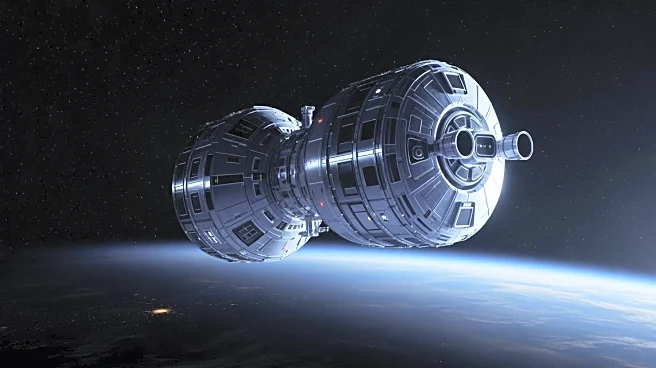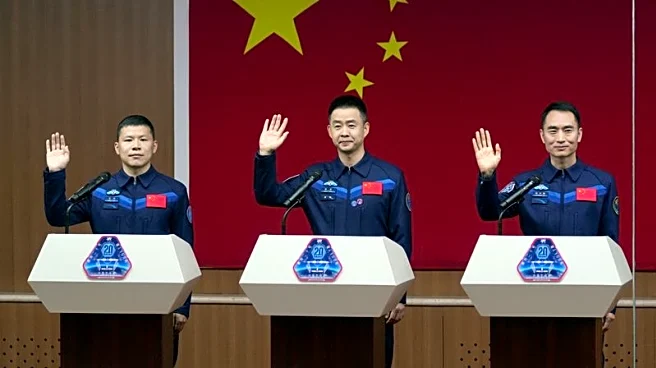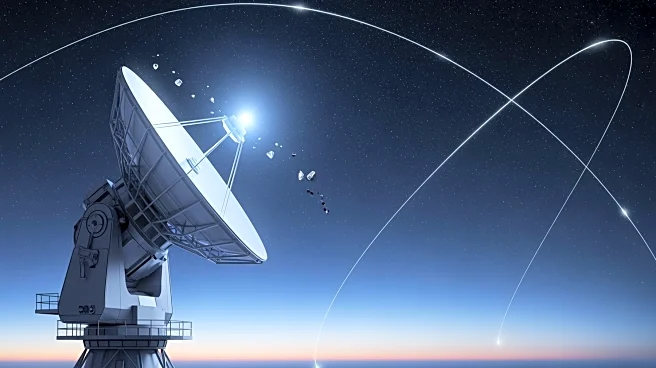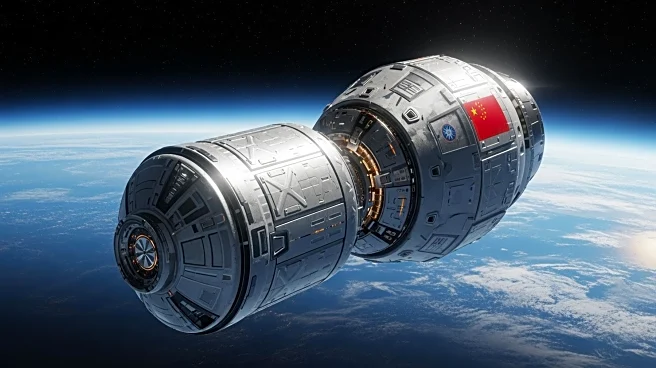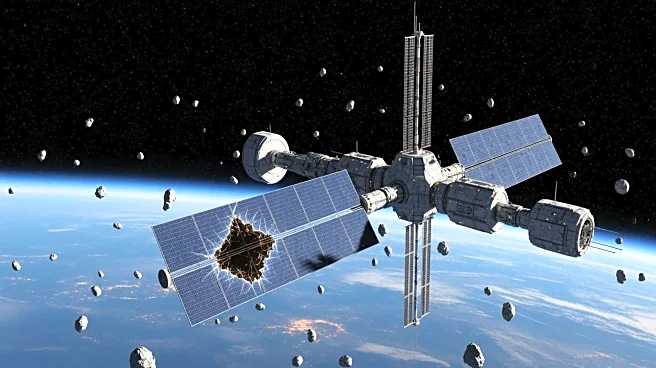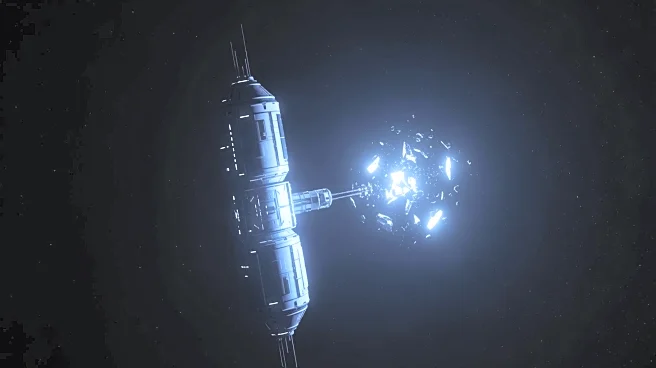What's Happening?
The Shenzhou 21 astronauts are currently stranded aboard China's Tiangong space station due to the absence of a reliable return vehicle. Their planned ride home, the Shenzhou 21 spacecraft, was used to return the Shenzhou 20
crew after their vehicle was damaged by space debris. China maintains a standby rocket and spacecraft for emergencies, which can be launched within 8.5 days if needed. The Shenzhou 22 spacecraft is expected to be launched soon to provide a safe return option for the astronauts.
Why It's Important?
The situation highlights the challenges of space exploration, particularly the risks posed by space debris. The temporary stranding of astronauts underscores the importance of having contingency plans and backup systems in place. China's ability to quickly respond to such emergencies demonstrates its growing capabilities in space operations. The incident may lead to increased focus on developing strategies to manage space debris and ensure the safety of astronauts.
What's Next?
China is expected to launch the Shenzhou 22 spacecraft to Tiangong soon, providing a reliable lifeboat for the astronauts. The CMSA will continue to monitor the situation and ensure the safety of the crew. The incident may prompt further discussions on international collaboration for space debris mitigation and the development of shared protocols for space safety.
Beyond the Headlines
The incident raises questions about the long-term sustainability of space exploration amid growing space debris. It may lead to calls for international cooperation in addressing space debris challenges and developing shared protocols for space safety. The event also highlights the importance of continuous monitoring and innovation in spacecraft design to withstand potential impacts.
